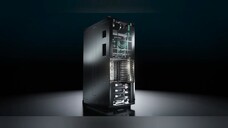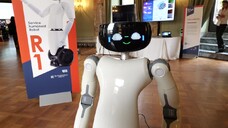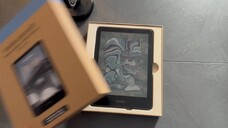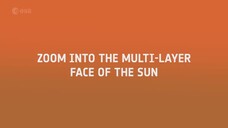The impact NASA's DART probe had on the asteroid Dimorphos on September 26, 2022, 11 million kilometers away from Earth, did not create a crater, it completely reshaped the asteroid in a process known as global deformation, bringing material that was inside to the surface, according to a study published in the Nature Astronomy journal.
The study was led by Switzerland's Bern University and featured the participation of many Italian researchers from Milan Polytechnic, the National Institute of Astrophysics, the National Research Centre's ‘Nello Carrara’ Institute of Applied Physics in Florence and the Italian Space Agency (ASI).
The reshaping was possible because Dimorphos is formed by a mass of rubble left by its partner, the asteroid Didymos, held together by relatively weak forces. The researchers led by Sabina Raducan conducted extremely accurate simulations of the clash between Dimorphos and DART: those closest to what really happened suggest that the asteroid is very weak, with characteristics similar to Bennu, samples of which were taken back to Earth last year by NASA's Osiris-Rex mission, and to Ryugu, fragments of which were removed thanks to the Japanese probe Hayabusa 2 and they are currently being examined in Italy.
So the mission to change the trajectory of a celestial object did not just have consequences at the point of impact, it also modified the overall structure in a significant way.
Riproduzione riservata © Copyright ANSA













